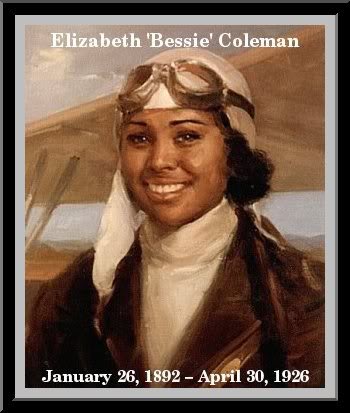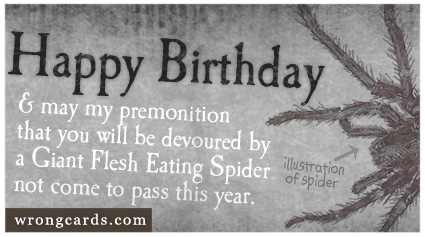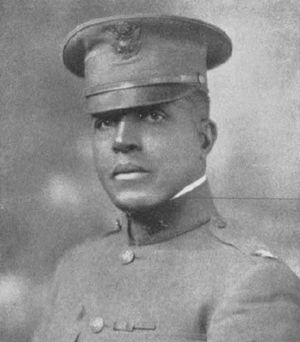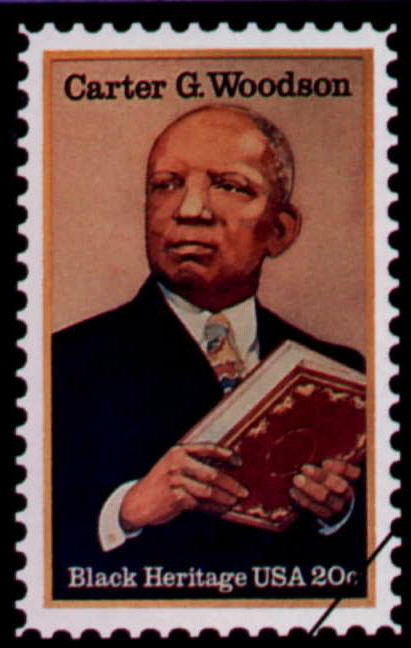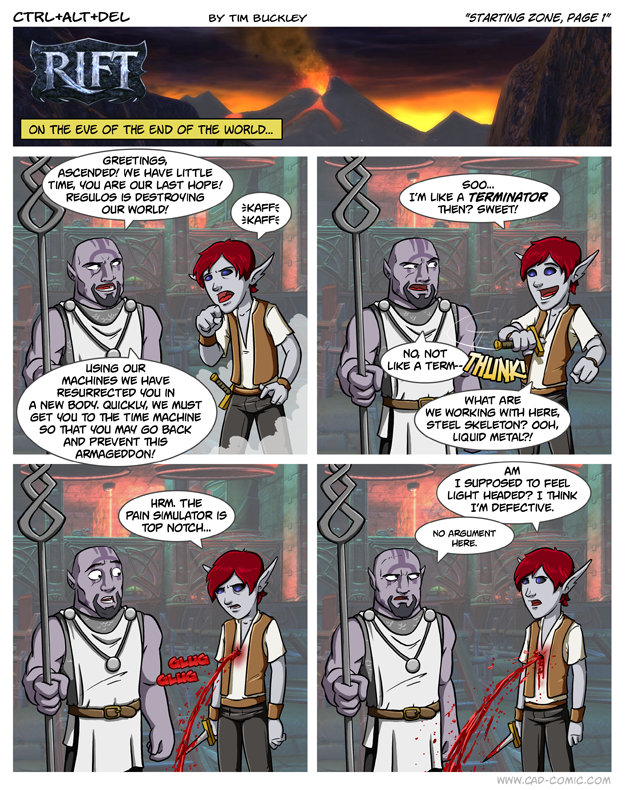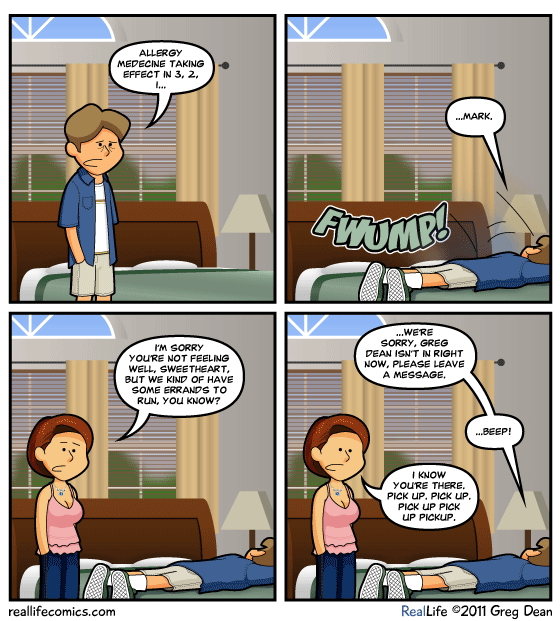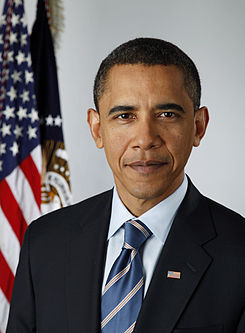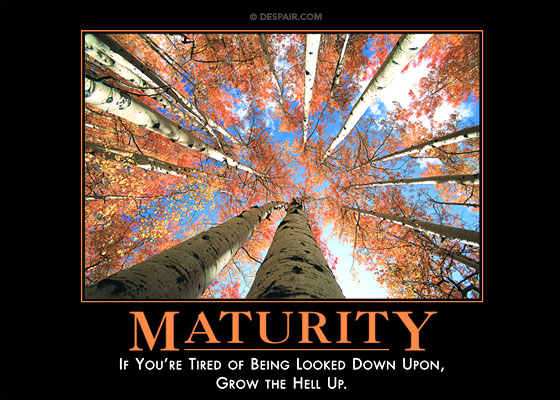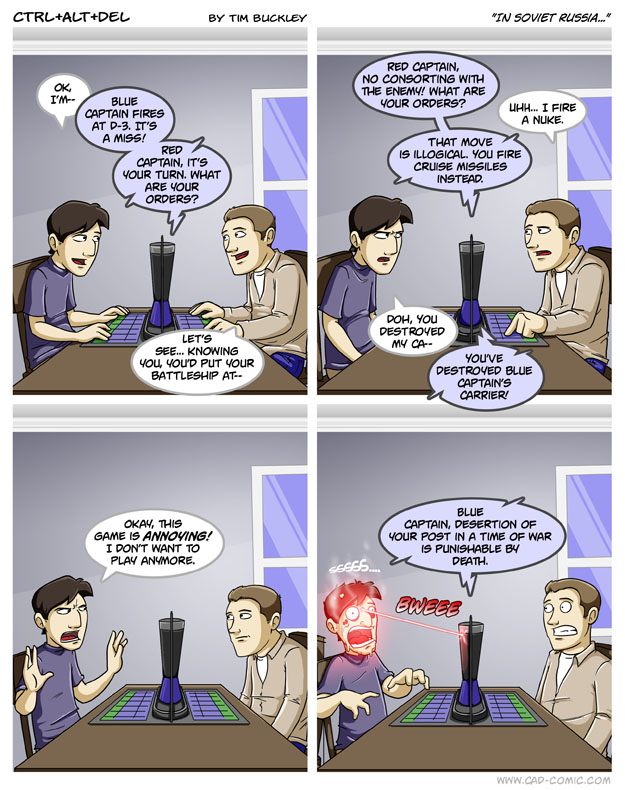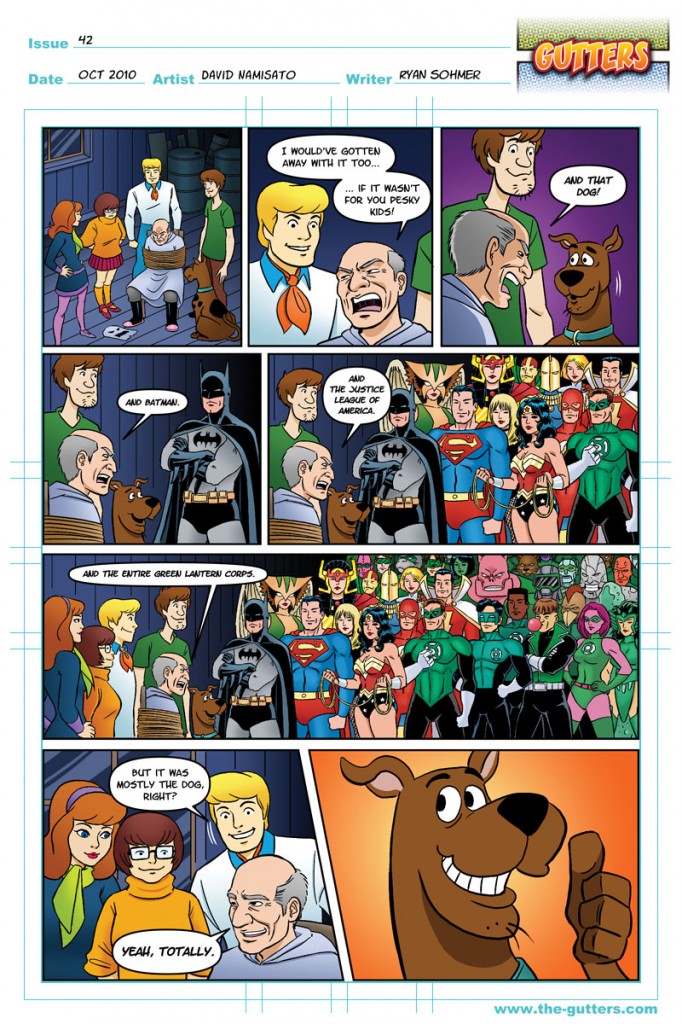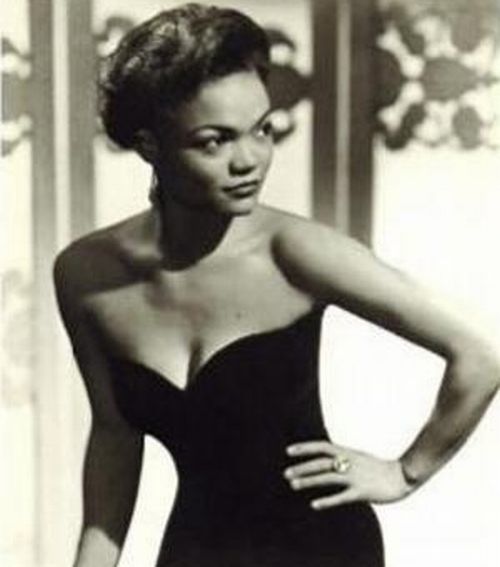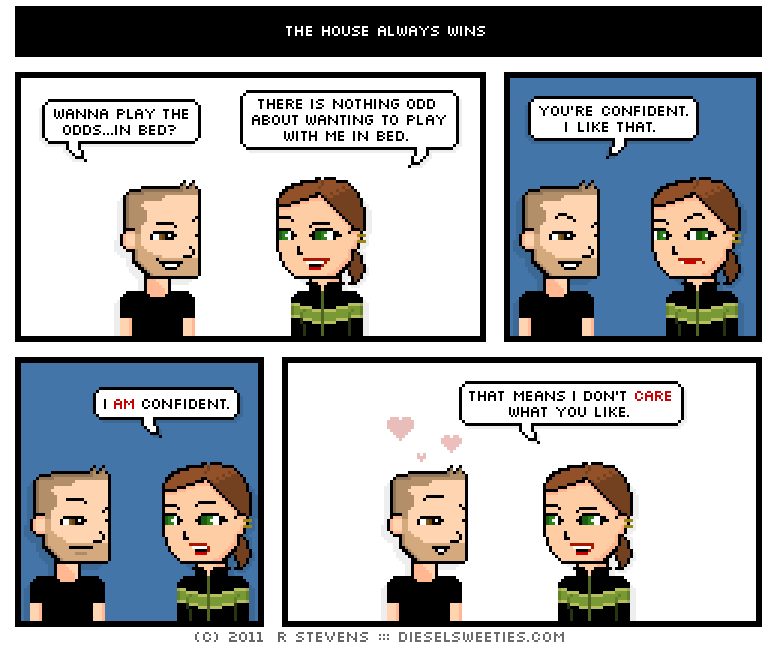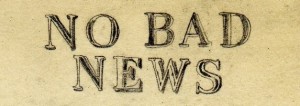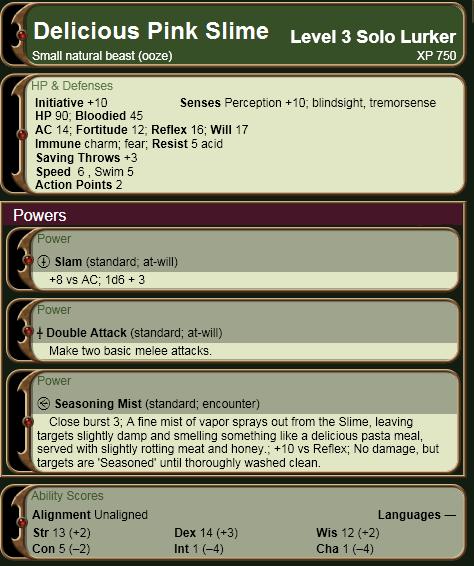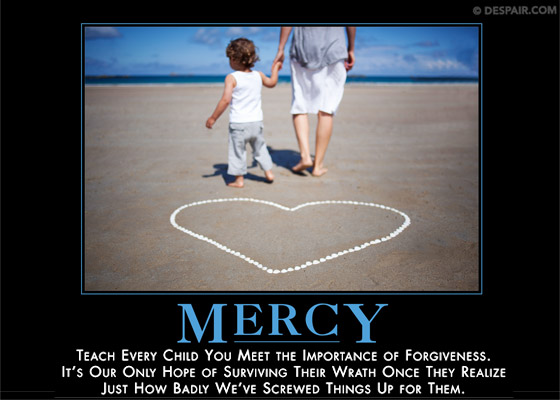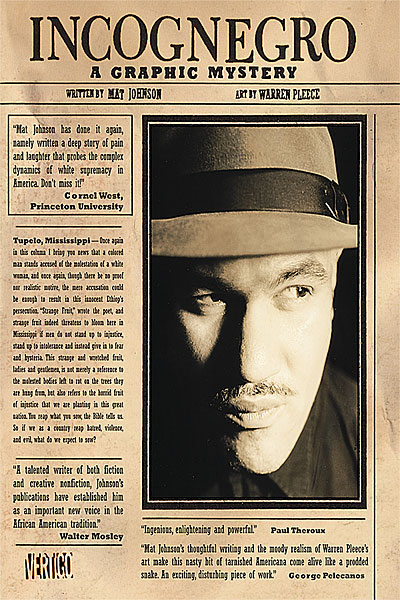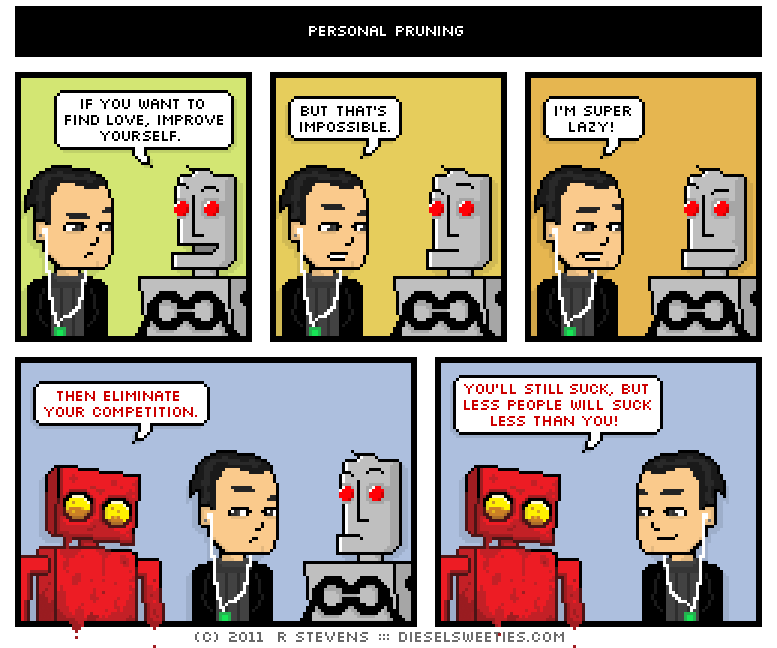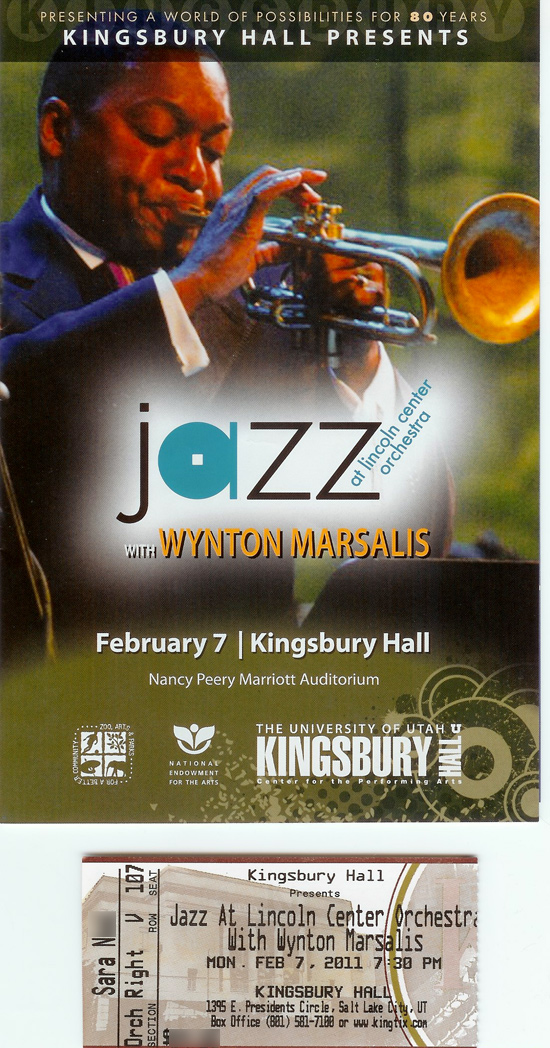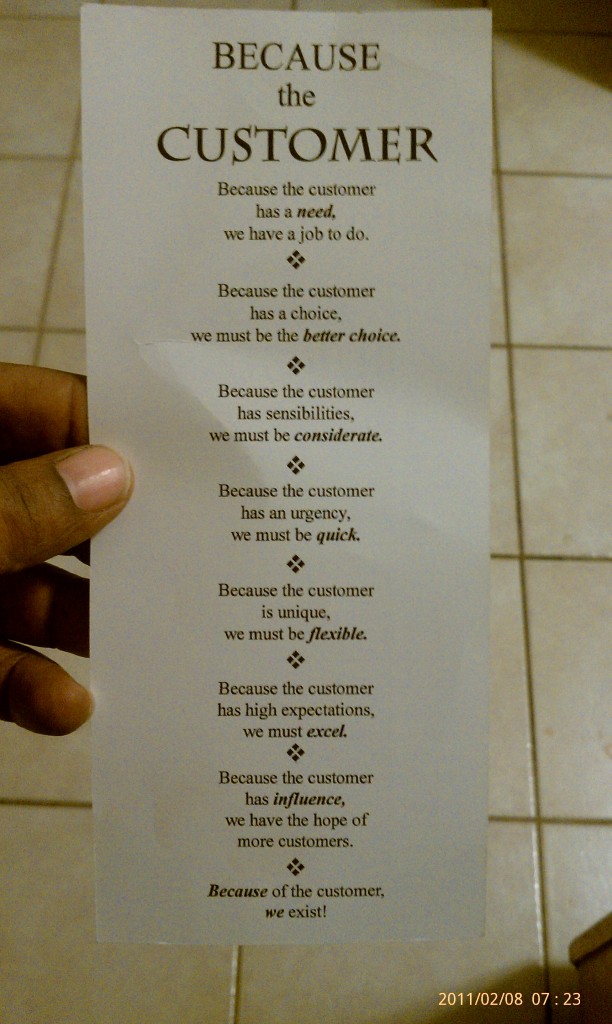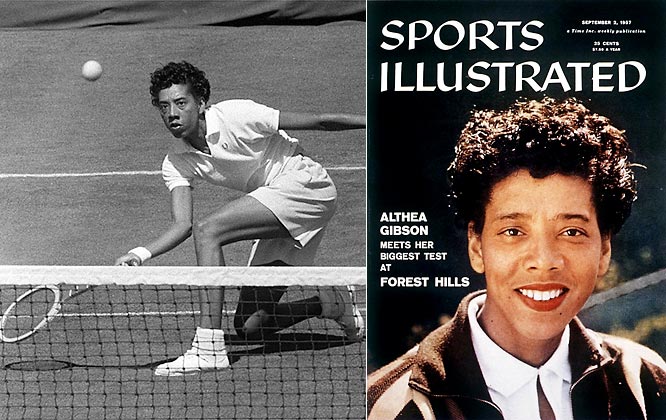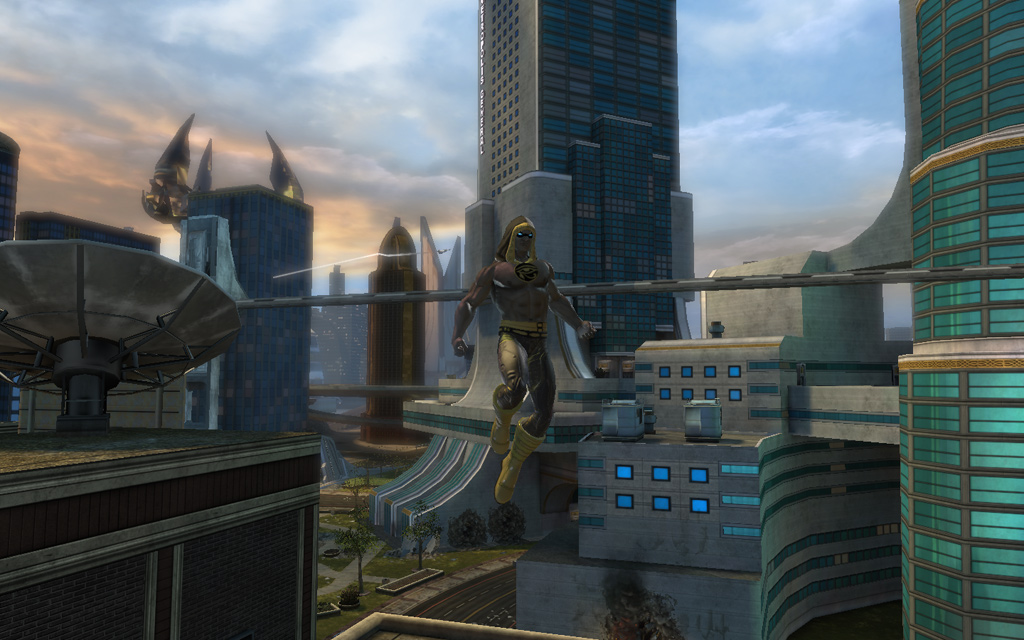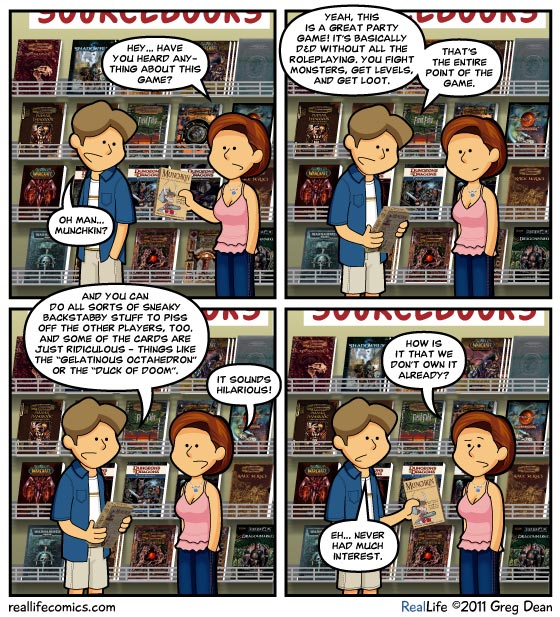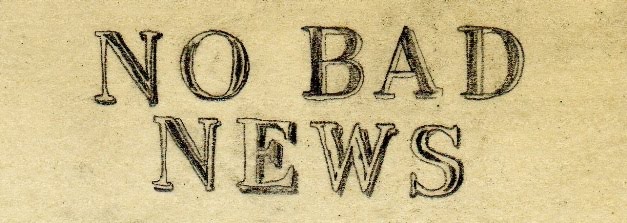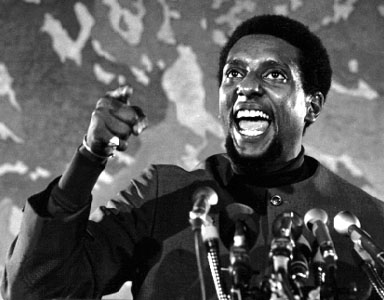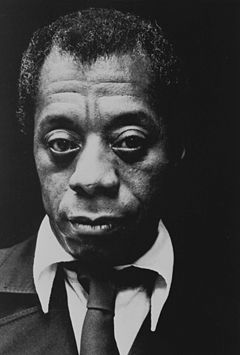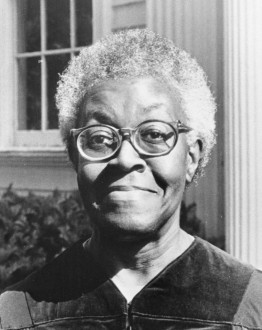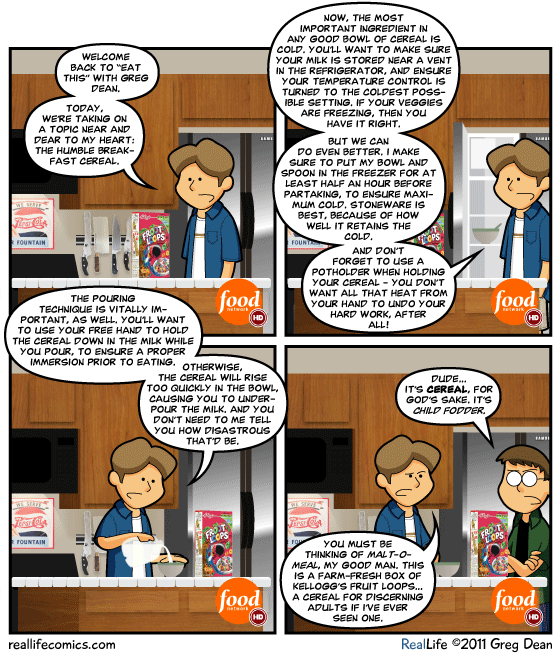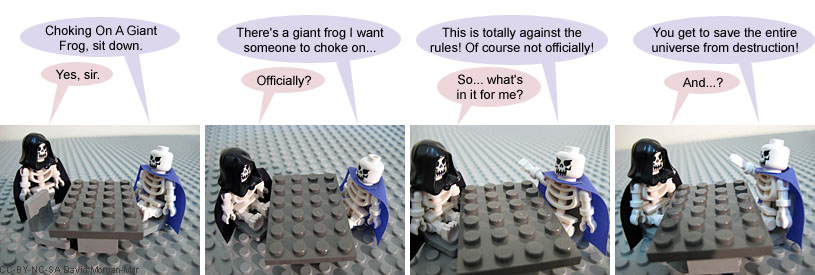“Tongue-tied and twisted, just an earthbound misfit, I…”
books, business and economy, dining and cuisine, everyday glory, exhibits, food for thought, games, geekery, history, movies and TV, music, politics and law, science and technology, trains/model railroads, travel, Whiskey Tango Foxtrot...?! No Comments »Friday – 25 February 2011
It’s Friday. Amen. Aside from the whole “end of the work week” thing, it also means that it’s only a week until the Hostler’s Train Show in Ogden.
Last night, I made dinner: Teriyaki chicken stir-fry over rice. It turned out pretty well. SaraRules and I caught up on NCIS over dinner; now, we just need to do the same for NCIS: Los Angeles. We also caught a bit of Dawn of the Dead, by Zach Snyder. I am very curious as to how his new vision for Superman shapes up.
After that, I spent a little time in Gotham City, chasing down Harley Quinn – saving Robin in the process – and beating on some of Bane’s thugs.
Chew on This: Food for Thought – Black History Month
Today’s person of note is Bessie Coleman (1, 2, 3)
Elizabeth Coleman was an American civil aviator. She was the first female pilot of African American descent and the first person of African American descent to hold an international pilot license.
Coleman was born on January 26, 1892 in Atlanta, Texas, the tenth of thirteen children to sharecroppers George and Susan Coleman. Coleman began school at age six and had to walk four miles each day to her all-black, one-room school. Despite sometimes lacking such materials as chalk and pencils, Coleman was an excellent student. She loved to read and established herself as an outstanding math student.
When she turned eighteen, Coleman took all of her savings and enrolled in the Oklahoma Colored Agricultural and Normal University (now called Langston University) in Langston, Oklahoma. She completed only one term before she ran out of money and was forced to return home. Coleman knew there was no future for her in her home town, so she went to live with two of her brothers in Chicago while she looked for a job.
In 1915, Coleman moved to Chicago, Illinois, where she lived with her brothers and worked at the White Sox Barber Shop as a manicurist. There she heard tales of the world from pilots who were returning home from World War I. They told stories about flying in the war, and Coleman started to fantasize about being a pilot. She could not gain admission to American flight schools because she was black and a woman. No black U.S. aviator would train her either. Robert S. Abbott, founder and publisher of the Chicago Defender, encouraged her to study abroad. Coleman received financial backing from Jesse Binga (a banker) and the Defender, which capitalized on her flamboyant personality and her beauty to promote the newspaper, and to promote her cause.
Coleman attended the well-known Caudron Brothers’ School of Aviation in Le Crotoy, France. There she learned to fly using French Nieuport airplanes. On June 15, 1921, Coleman obtained her pilot’s license from Federation Aeronautique Internationale after only seven months. She was the first black woman in the world to earn an aviator’s license. After some additional training in Paris, Coleman returned to the United States in September 1921.
Coleman’s main goals when she returned to America were to make a living flying and to establish the first African American flight school. Because of her color and gender, however, she was somewhat limited in her first goal. Barnstorming seemed to be the only way for her to make money, but to become an aerial daredevil, Coleman needed more training. Once again, Bessie applied to American flight schools, and once again they rejected her. So in February 1922, she returned to Europe. After learning most of the standard barnstorming tricks, Coleman returned to the United States.
When Bessie returned to the United States to pursue her new flying career, she knew she must have publicity to attract paying audiences. She created an exciting image of herself with a military style uniform and an eloquence that belied her background. Her first appearance was in an air show on September 3, 1922 at Curtiss Field near New York City. The show, sponsored by Robert Abbott and the Chicago Defender, billed Bessie as “the world’s greatest woman flyer.” More shows followed around the country including Memphis and Chicago. On June 19, 1925, Bessie made her flying debut in Texas at a Houston auto racetrack renamed Houston Aerial Transport Field in honor of the occasion.
In the time between her 1922 flying debut in New York and her 1925 Texas debut, Bessie never lost sight of her goal of opening a school for aviators. She flirted briefly with a movie career, traveled to California to earn money for a plane of her own, crashed that plane once she bought it and then returned to Chicago to formulate a new plan. It was another two years before she finally succeeded in lining up a series of lectures and exhibition flights in Texas. Once there, she defied not only racial barriers but gender barriers as well. She appeared in San Antonio, Richmond, Waxahachie, Wharton,Dallas and numerous unreported small towns and fields. At Love Field in Dallas, she made a down payment on a plane from the Curtiss Southwestern Airplane and Motor Company.
Coleman’s aviation career ended tragically in 1926. On April 30, she died while preparing for a show in Jacksonville, Florida. Coleman was riding in the passenger seat of her “Jenny” airplane while her mechanic William Wills was piloting the aircraft. Bessie was not wearing her seat belt at the time so that she could lean over the edge of the cockpit and scout potential parachute landing spots (she had recently added parachute-jumping to her repetorie and was planning to perform the feat the next day). But while Bessie was scouting from the back seat, the plane suddenly dropped into a steep nosedive and then flipped over and catapulted her to her death. Wills, who was still strapped into his seat, struggled to regain control of the aircraft, but died when he crashed in a nearby field. After the accident, investigators discovered that Wills, who was Coleman’s mechanic, had lost control of the aircraft because a loose wrench had jammed the plane’s instruments.
Over the years, recognition of Coleman’s accomplishments has grown. Coleman’s impact on aviation history, and particularly African Americans in aviation, quickly became apparent following her death. In 1927, Bessie Coleman Aero Clubs sprang up throughout the country. In 1989, First Flight Society inducted Coleman into their shrine that honors those individuals and groups that have achieved significant “firsts” in aviation’s development. A second-floor conference room at the Federal Aviation Administration, Washington, DC, is named after Coleman. In 1990, Chicago Mayor Richard M. Daley renamed Old Mannheim Road at O’Hare International Airport “Bessie Coleman Drive.” In 1992, he proclaimed May 2 “Bessie Coleman Day in Chicago.”
Mae Jemison, physician and former NASA astronaut, wrote in the book, Queen Bess: Daredevil Aviator (1993): “I point to Bessie Coleman and say without hesitation that here is a woman, a being, who exemplifies and serves as a model to all humanity: the very definition of strength, dignity, courage, integrity, and beauty. It looks like a good day for flying.”
Stray Toasters
- Geeksoap: The Cleaning Agent for the Everyfan
- It’s the Inequality, Stupid
- From the “Whiskey Tango Foxtrot…?!” file:
- The Supreme Court’s Failure to Protect Blacks’ Rights

- Have We Grown Too Fond of Technology?
- MarknTyme sent me a couple of links:
- An entertaining and amusing short: Schizofredric
- Concert for George, which is streaming all day
- How Photography Shifted the Balance of the Civil Rights Movement
- Enlisting Prison Labor to Close Budget Gaps

- Gangster’s daughter has beef with a new Vegas mob exhibit
- California’s Tax Aversion Complicates Budget
- Seven Simple Ways to Fix Air Travel for Everyone
- US cities original names
Namaste.

